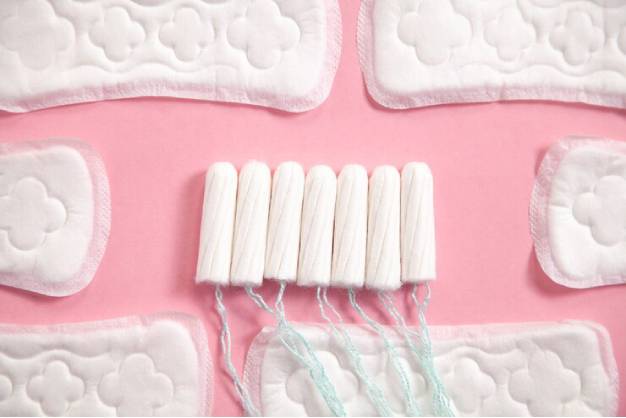Understanding Different Types of Sanitary Napkins and Their Uses
Sanitary napkins, often referred to as pads, come in various types and styles to accommodate different preferences, flow levels, and lifestyle needs. Understanding the differences between these types can help women choose the most suitable option for their menstrual hygiene management. Let’s explore the common types of sanitary napkins available and their respective uses. 1. Regular Absorbency Pads Uses: Regular absorbency pads are suitable for light to moderate flow days. They offer basic protection and comfort without feeling bulky. These pads are ideal for everyday use and can be changed every few hours. Features: – Thin design for discretion. – Absorbent core to capture menstrual flow. – Adhesive strips for secure attachment to underwear. 2. Super Absorbency Pads Uses: Super absorbency pads are designed for moderate to heavy flow days. They provide enhanced absorbency and protection against leaks, making them suitable for daytime use when flow is heavier. Features: – Thicker than regular pads for increased absorbency. – Longer length or wings for added protection against leaks. – Suitable for overnight use for some women with moderate flow. 3. Overnight Pads Uses: Overnight pads are specifically designed for heavy flow and provide extended protection during nighttime or for longer periods of rest. They are longer and more absorbent than regular pads, offering maximum coverage and leak protection. Features: – Extra-long design to provide coverage front to back. – Higher absorbency to manage overnight flow. – Often equipped with wings to secure the pad in place during movement. 4. Ultra-Thin Pads Uses: Ultra-thin pads offer high absorbency while maintaining a slim profile. They are ideal for women who prefer a more discreet option without compromising on protection, especially during moderate flow days. Features: – Thin and flexible for comfort and discretion. – Advanced absorbent materials to prevent leaks. – Suitable for active lifestyles and wearing under tight-fitting clothing. 5. Panty Liners Uses: Panty liners are thinner and lighter than regular pads, designed for very light flow days, spotting, or as backup protection when using tampons or menstrual cups. They can also be used for daily vaginal discharge or light bladder leakage. Features: – Ultra-thin for comfort and discretion. – Light absorbency for minimal flow days. – Adhesive backing to secure the liner to underwear. 6. Organic and Biodegradable Pads Uses: Organic and biodegradable pads are made from natural materials such as organic cotton, bamboo fiber, or plant-based materials. They offer an eco-friendly alternative for women concerned about environmental impact and prefer products free from synthetic chemicals. Features: – Free from chemicals, fragrances, and pesticides. – Biodegradable materials that break down more easily in landfill conditions. – Comparable absorbency levels to traditional pads. Choosing the Right Pad When selecting a sanitary napkin, consider the following factors: Flow Intensity: Choose a pad that matches your flow intensity (light, moderate, heavy) to ensure adequate protection. Comfort: Opt for pads that are comfortable to wear and suitable for your lifestyle, whether you prefer thin and discreet options or thicker pads for overnight use. Environment and Health Concerns: If you prioritize sustainability and minimizing exposure to chemicals, consider organic or biodegradable pads. Conclusion Understanding the different types of sanitary napkins and their uses allows women to make informed choices about their menstrual hygiene management. Whether you prefer regular pads for everyday use, ultra-thin options for discretion, or organic pads for environmental reasons, there is a wide range of choices available to suit individual preferences and needs. By selecting the right sanitary napkin, women can maintain comfort, confidence, and effective menstrual hygiene throughout their menstrual cycle.
Understanding Different Types of Sanitary Napkins and Their Uses Read More »

